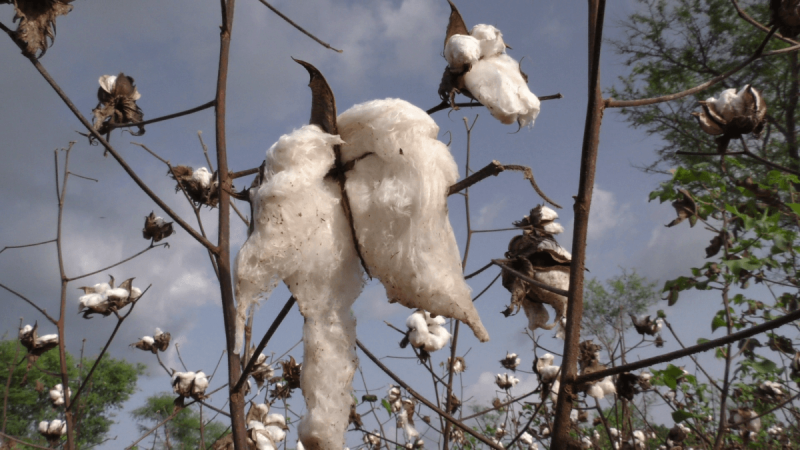Stakeholders in the agricultural biotechnology sector are offering assurances that the problems that prompted Burkina Faso to temporarily halt cultivation of genetically engineered cotton won’t be repeated with GMO crops in other African countries.
…
The GMO cultivar (Bt cotton) introduced in Burkina Faso in 2008 had been engineered with genes from Bacillus thuringiensis, a soil bacteria, to give it an inherent ability to resist attacks by bollworms — pests that have the potential to destroy up to 90 percent of yield on cotton farms.
The Bt cotton cultivar — introduced by agricultural firm Monsanto — succeeded in controlling pests on Burkina Faso cotton farms, reducing the use of pesticides by up to 70 percent. But challenges associated with the marketability of the shorter fiber length of the cultivar caused authorities in that country to pause planting of the variety in 2015.
Jonathan Jenkinson, Asia Africa Breeding Lead at Monsanto, attributed the problem to the lack of an ongoing Burikina-based breeding program to improve upon the cultivar, which allowed undesired traits like short fiber length to re-emerge.
“What happened is that Burkina had a biotech crop approved,” Jenkinson explained. “They did not have an ongoing breeding program to improve the variety. So what was happening was, the [bollworm resistance] trait was there and it was providing all the necessary benefits, but the varieties that were being released were not new and improved ones every year.” He is convinced the problem would not have emerged if there was a continuous program in Burkina Faso to improve upon the Bt cotton during each of the eight years it was grown in that country.
…
A number of African countries, including Malawi and Nigeria, are currently undertaking confined field trials of Bt cotton as part of the regulatory process that leads to commercialization.
Read full, original post: Burkina Faso’s GMO cotton mistakes won’t be repeated in Africa, stakeholders say































